More than 250 photographs by one of Il Mondo magazine’s most esteemed contributors in the 50s and 60s go on show in Rome this month
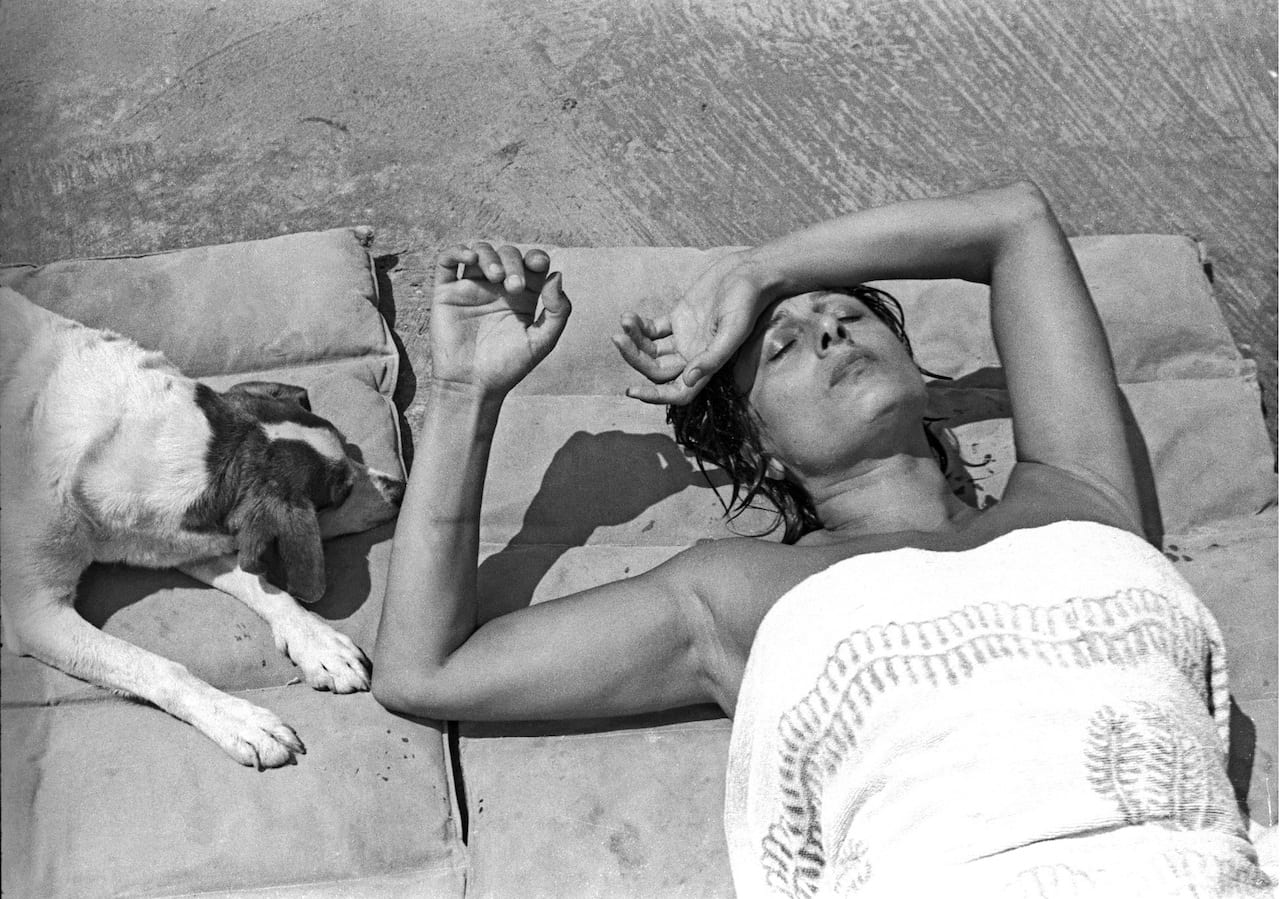

More than 250 photographs by one of Il Mondo magazine’s most esteemed contributors in the 50s and 60s go on show in Rome this month
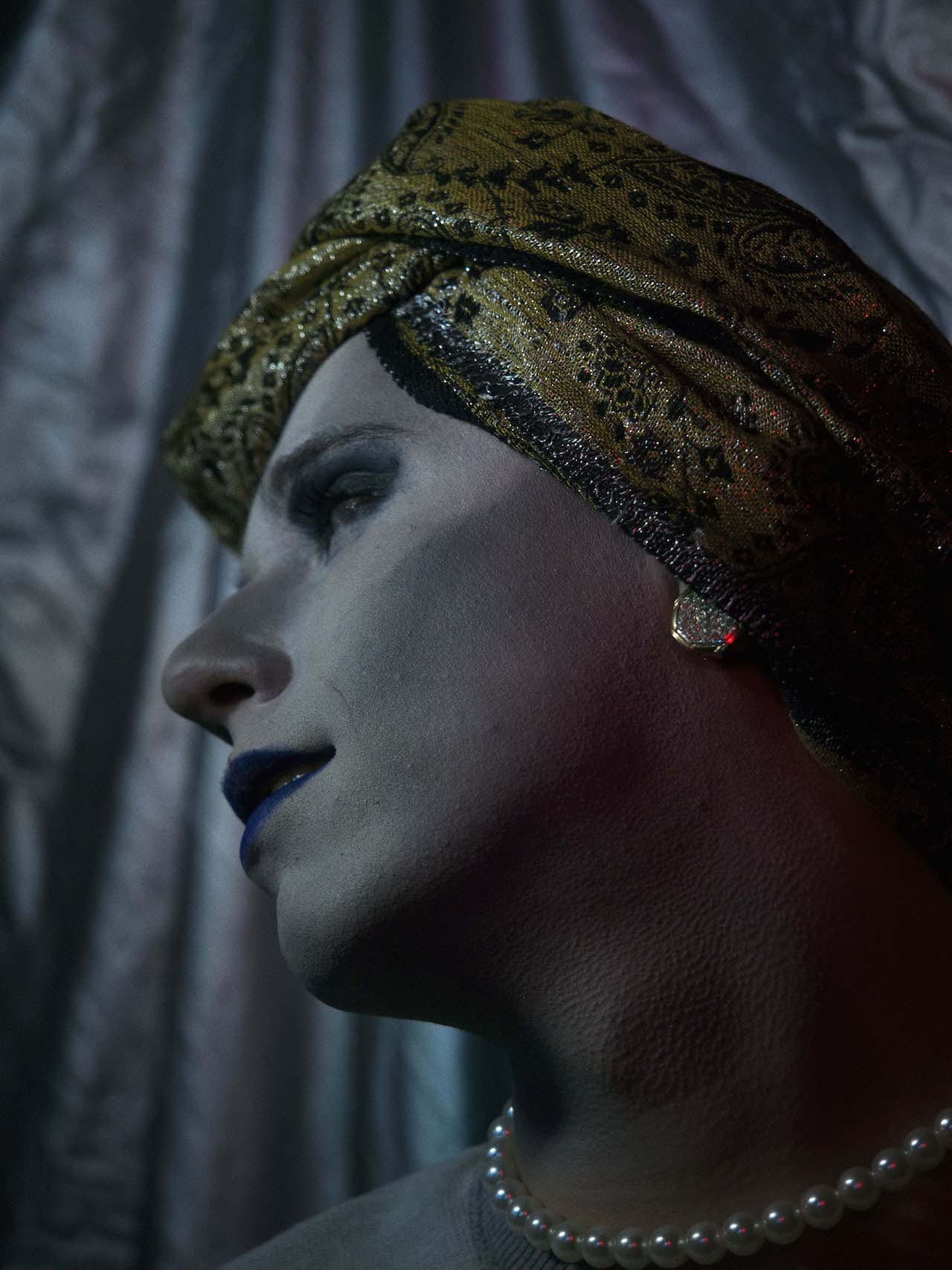
27-year-old photographer Valentina Neri’s first book, Almanacco Toilet Club, is playful and bold – just like her subjects. Shot between 2014-2016 in one of Milan’s most important gay clubbing spots, Almanacco Toilet Club captures the scene’s colourful atmosphere and eccentric characters. BJP catches up with Neri about the book’s experimental design, her process, and Milan’s LGBT community.
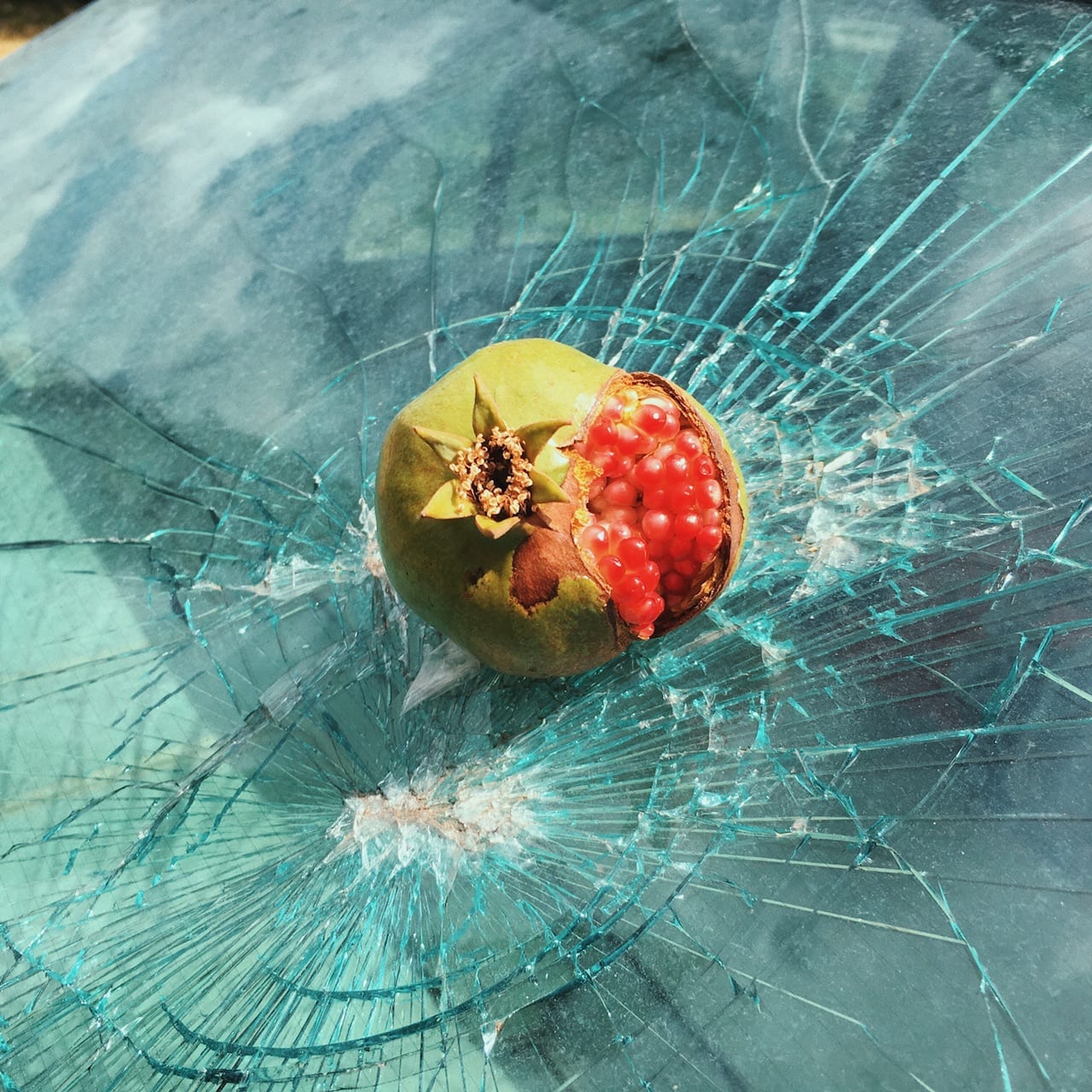
Born in 1987, Piero Percoco started taking pictures seven years ago, in his hometown Bari, Italy. He never studied photography – “I was never able to afford it,” he says – but sometimes he bought books, and inspired by photographers like Stephen Shore and William Eggleston, Percoco began to make photographs on his smartphone, and upload them to his Instagram, @therainbow_is_underestimated.
Seven years on, Percoco has 452,000 followers, and regularly posting photographs that extract the magic out of the nuances of his daily life in Southern Italy. Last year, he published his first book with Skinnerboox, Prism Interiors, which was edited by American photographer and publisher Jason Fulford.
Now, as his second book with Skinnerboox, The Rainbow is Underestimated, becomes available for preorder, BJP catches up with the photographer about his new release and how he built his career through social media.

“I consider myself a son of the European project,” says Tommaso Rada. “I am part of a generation that lived through the opening of the borders between many different countries, the introduction of the euro, and all the new cultural and linguistic mixing that the European project meant. The feeling of being Italian as well as European is the reason why I am interested in the European Union.”
Rada is now based in São Paulo, but was born in Biella in northern Italy and lived in his home country until he was 25. He watched as the policies of the EU evolved, and as the meaning of the Union began to change. His ongoing series Domestic Borders frames a number of different projects he has made, evoking the varying perspectives of those living along the borders of the member countries.
Back to South, the most recent chapter, focuses particularly on the countries that would be affected if a ‘two-speed’ Europe was implemented – a proposal in which certain members, perhaps those in better economic positions and political situations, would integrate at a faster pace, leaving the others on the periphery. Visiting the areas that would be ‘left behind’, Rada hopes to show the “challenges of living in a unique space with a different passage of time”.
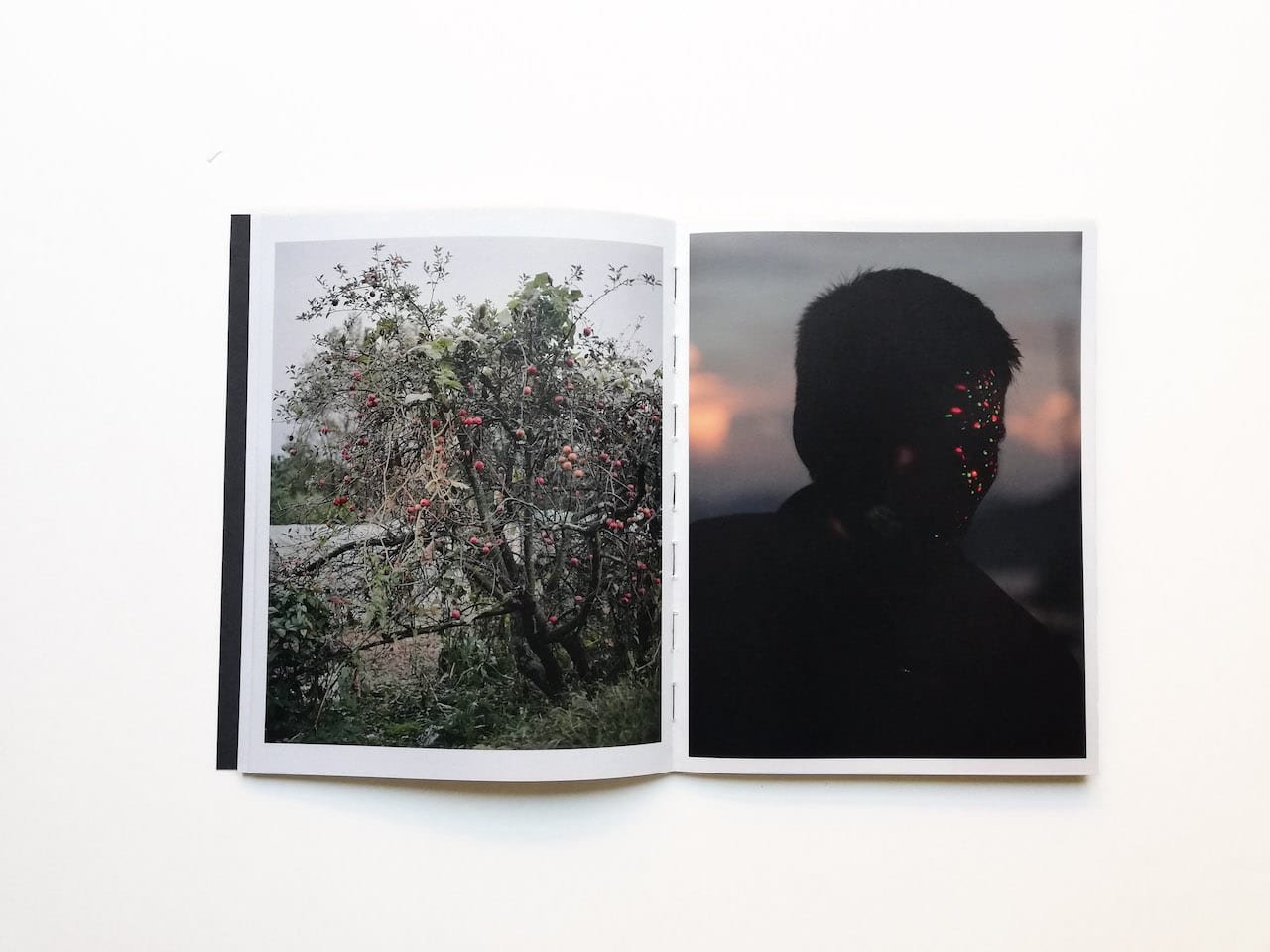
Fabrizio Albertini’s latest project began in his vegetable garden. “It was a stream of consciousness that lasted for a couple of years, from 2015 to 2017. I started taking pictures in my garden,” he says, “I was looking for something close to me”.
Radici is Albertini’s newest book, published by Witty Kiwi, and the winner of this year’s Unveil’d Photobook Award. Its title means “roots” in Italian, “like the ones in my garden,” the photographer explains.
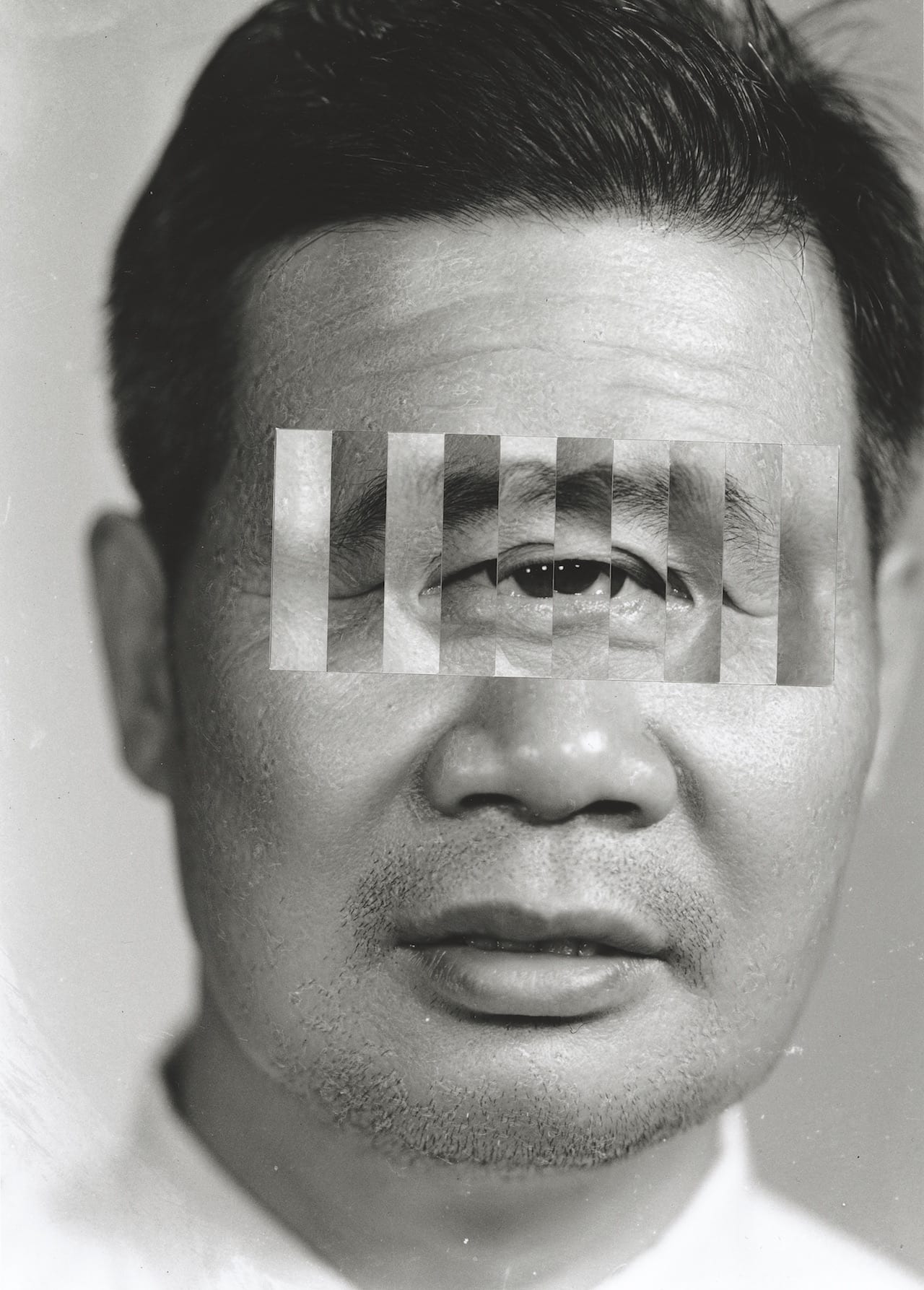
The collages of Kensuke Koike have been one of the purest forms of visual pleasure over the last two years. Videos of his working process on his Instagram account show him making miraculous reinventions of images with a single rip (his smoking woman), with a pasta machine (his dog), and with three-dimensional transformations (his sinking boat). It’s work that attracts because it seems so simple.
Take an old portrait of a loving couple, cut their eyes out, switch them around and the relationship takes a new direction. Cut a circle around the middle of a face, offset it a couple of inches, and you’re left with a pathway to that person’s interior. These are pictures that seem simple, but link up to ideas of image compression, ways of seeing, facial recognition and visual agnosias. It’s The Man who Mistook his Wife for a Hat in photographic form.
Koike’s work has attracted a loyal following, inspired countless copycat activities at photography workshops around the world, and invited collaborations from parties ranging from Gucci to Thomas Sauvin of Beijing Silvermine. It’s the Sauvin collaboration that resulted in Koike’s latest work, a book launched in November. Titled No More No Less, the publication came about after Koike was invited to work with Sauvin’s archive of old images that he recovered from Beijing silver-recycling centres.
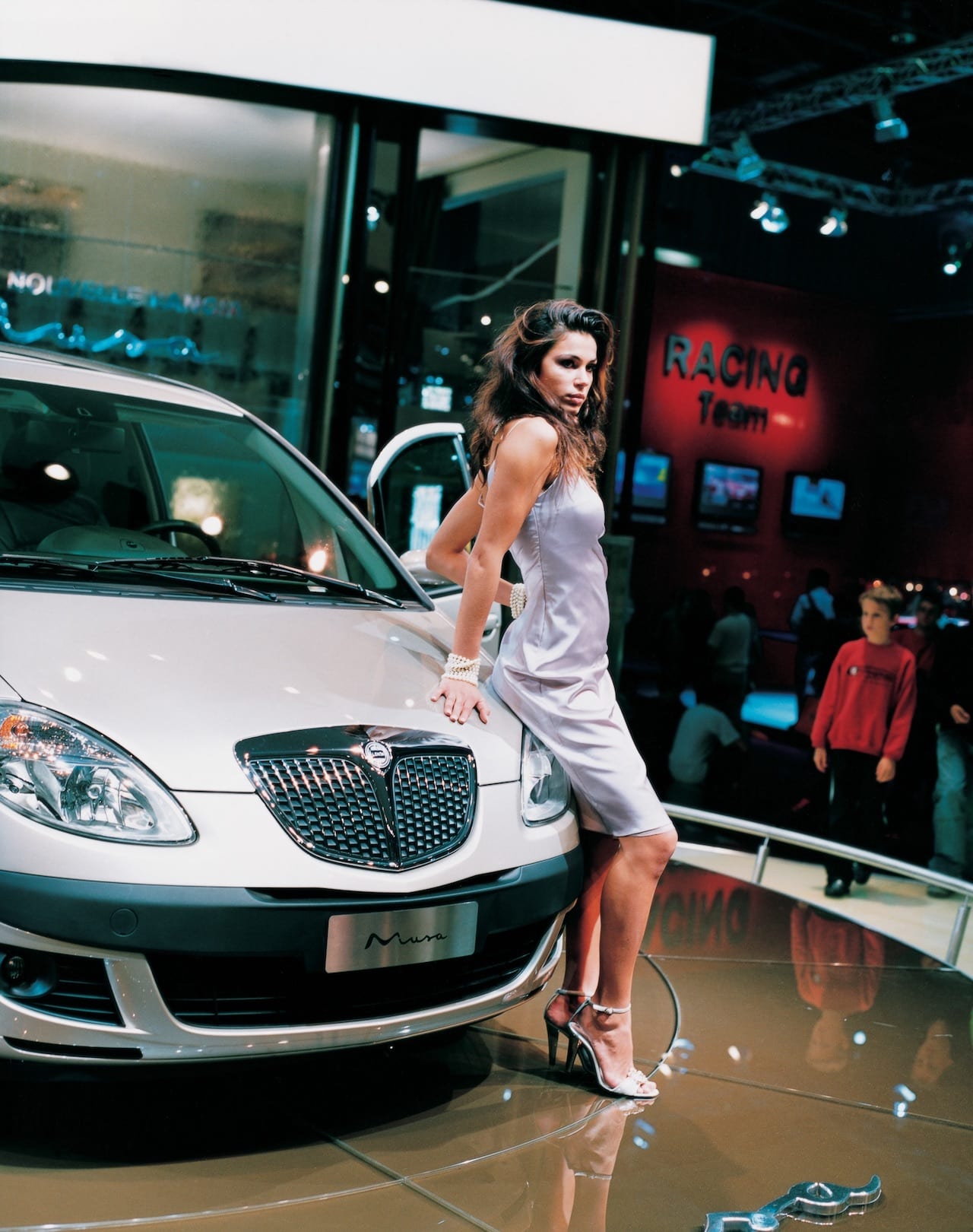
“I was trained as a sculptor, and this was the first time I had used the camera,” wrote Jacqueline Hassink in the Financial Times in 2011, of her breakthrough project The Table of Power. Between 1993 and 1995 Hassink contacted forty of the largest multinational corporations in Europe, asking to photograph their boardrooms. “I wanted to find a table that symbolised modern society’s most important value: economic power,” she writes. Nineteen refused, while the remaining 21, in Britain, the Netherlands, Germany, France, Switzerland and Italy, eventually agreed.
The book was published in 1996; it was the first time that photographs of these places had been made public, and in the spring of 2009, after the global recession, Hassink decided to revisit the boardrooms. With The Table of Power 2, she examined how boardroom design, revenue and employee numbers had changed over the intervening years.
Hassink, who has died aged just 52, was born in Enschede, the Netherlands, on 15 July 1966. She trained to be a sculptor at the Royal Academy of Art in The Hague, and then at the Trondheim Academy of Fine Art in Norway, but after graduating in 1992, presented herself mainly as a photographer, publishing nine books – including another celebrated title, Car Girls, in 2009. It was shot over five years at car shows across seven cities in three different continents, including New York, Paris, Geneva, Tokyo, Detroit, and Shanghai, focusing in on differing cultural standards on ideals of beauty on the women paid to pose with the cars.
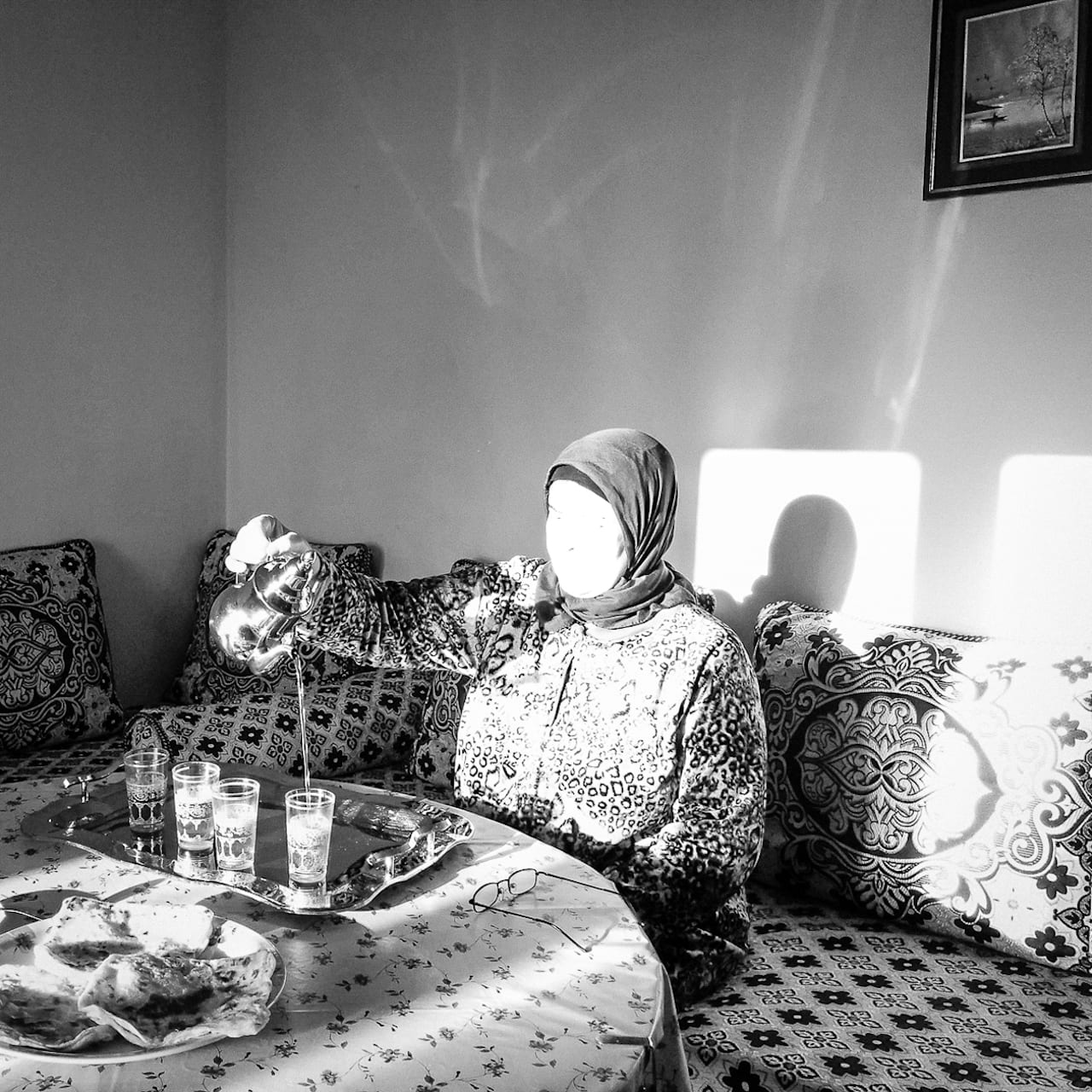
Hayati, meaning “my life” in Arabic, reflects on photographer Karim El Maktafi’s dual identity as a second-generation Italian born to Moroccan parents. The images were taken in both Italy and Morocco, and are all shot on an iPhone SE [Special Edition] – for a couple of reasons.
El Maktafi got into image-making via smartphones as a teen, after using them to take photographs of his friends. After graduating from the Italian Institute of Photography in 2013, he decided to return to the device with a more trained eye, when he decided to shoot Hayati.
He also uses a smartphone camera is because it’s less intrusive. El Maktafi’s family were against him photographing them, and in general don’t approve of photography as a career, which is why their faces are either cropped out or disguised by rays of light in the project. Using a smaller camera proved gentler way to record them, and the many other people involved.
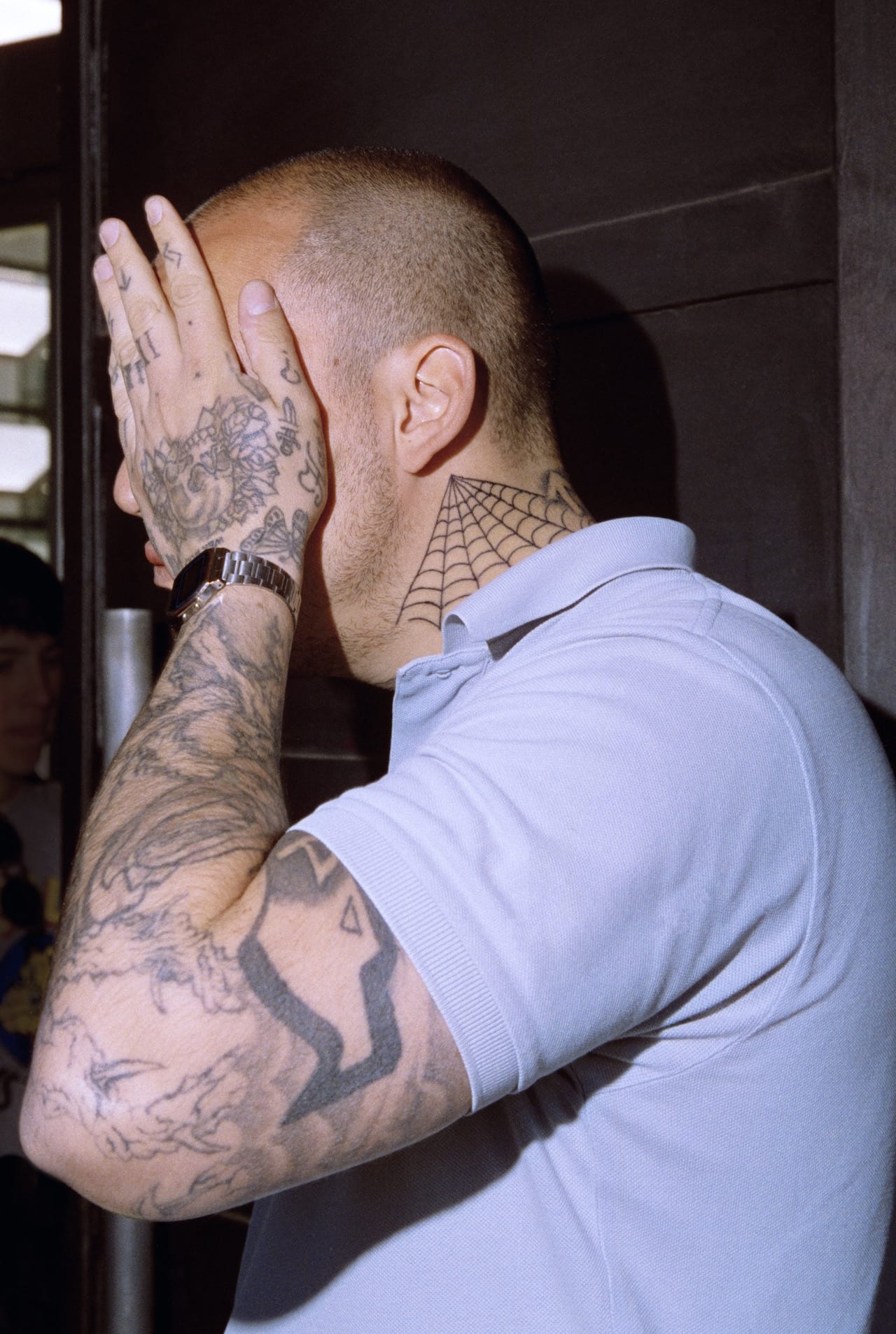
Luke Richard’s project Under Black Sun reflects on the rise of far-right politics in contemporary Italy through the concept of the New Man – a form of idealised masculinity created by Mussolini during his reign as dictator, and propagated through various forms of meticulously controlled media. Appropriating the virile symbolism and values of Ancient Rome, the New Man model drew on Rome’s imperial history to whip up support for the New Italy that was to be delivered under a Fascist government – a pattern Richards believes resonates today.
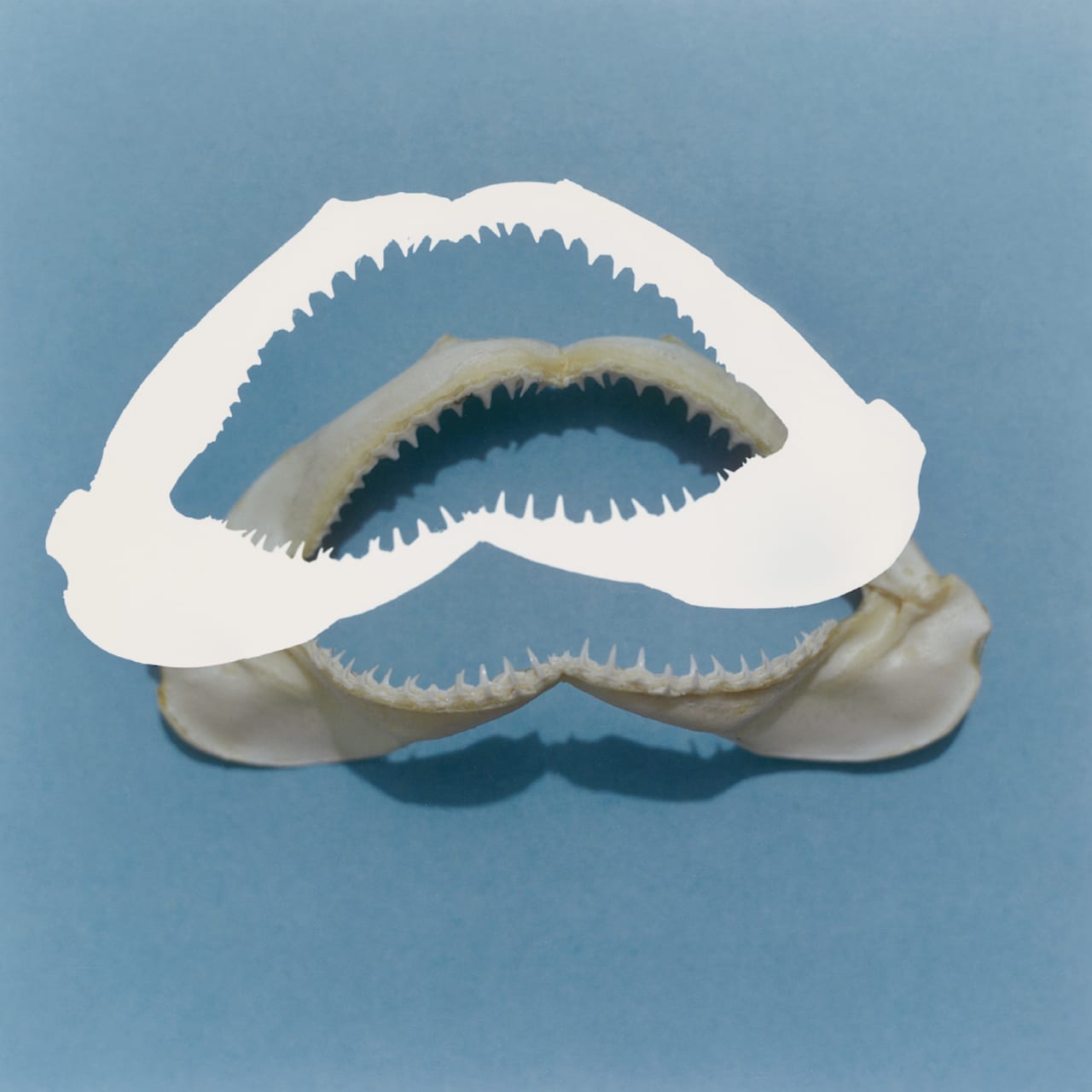
Now in its third year, the Sicilian photo festival is tackling big issues under a theme of “Communication in uncertainty and chaos”. The idea is telling of its locale: a crucial crossing point in the Mediterranean and an entry gateway to Europe, Sicily has been at the centre of the migrant crisis as people cross the sea in search of peace and a better life. The photographs in this series cover ideas of identity, politics, war, nationality, feminism and more.